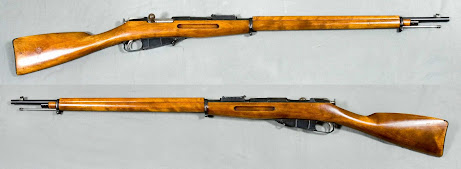A svájci SIG KE7 egy szekrénytáras könnyűgéppuska, amit Király Pál és Gotthard End tervezett az 1920-as évek második felében. Az 1929-es csapatpróbák után a fegyvert végül nem rendszeresítette a svájci hadsereg, így nagy részüket eladták. Az egyik felvásárló Kína volt.
Nagyjából 3000 darab, 7,92x57mm Mauser lőszer tüzelésére alkalmas KE7-est vettek 1928 és 1939 között, de a helyi gyártása is beindult, és nagyjából 7000 másolat készült el 1939-ig. A fegyver megjárta a polgárháborút és a koreai háborút is, hogy aztán elfoglalhassa helyét napjaink múzeumaiban.
The swiss SIG KE7 is a magazine-fed light machine gun (chambered in a wide variety of cartridges), designed by Pál Király and Gotthard End in the 1920s. After the trials in 1929, the weapon was rejected by the Swiss Army, so it was offered to other countries. China was one of the customers.
The Chinese government purchased around 3000 KE7s chambered in 7,92x57mm Mauser between 1928 and 1939, but local production also started, and circa 7000 machine guns were made until 1939. The KE7 saw action in the civil wars, the anti-japanese war and the korean war, to earn her well deserved place in today's museums.
Forrás/source: forgottenweapons.com, ww2db.com, Wikipedia, guns.fandom.com



























